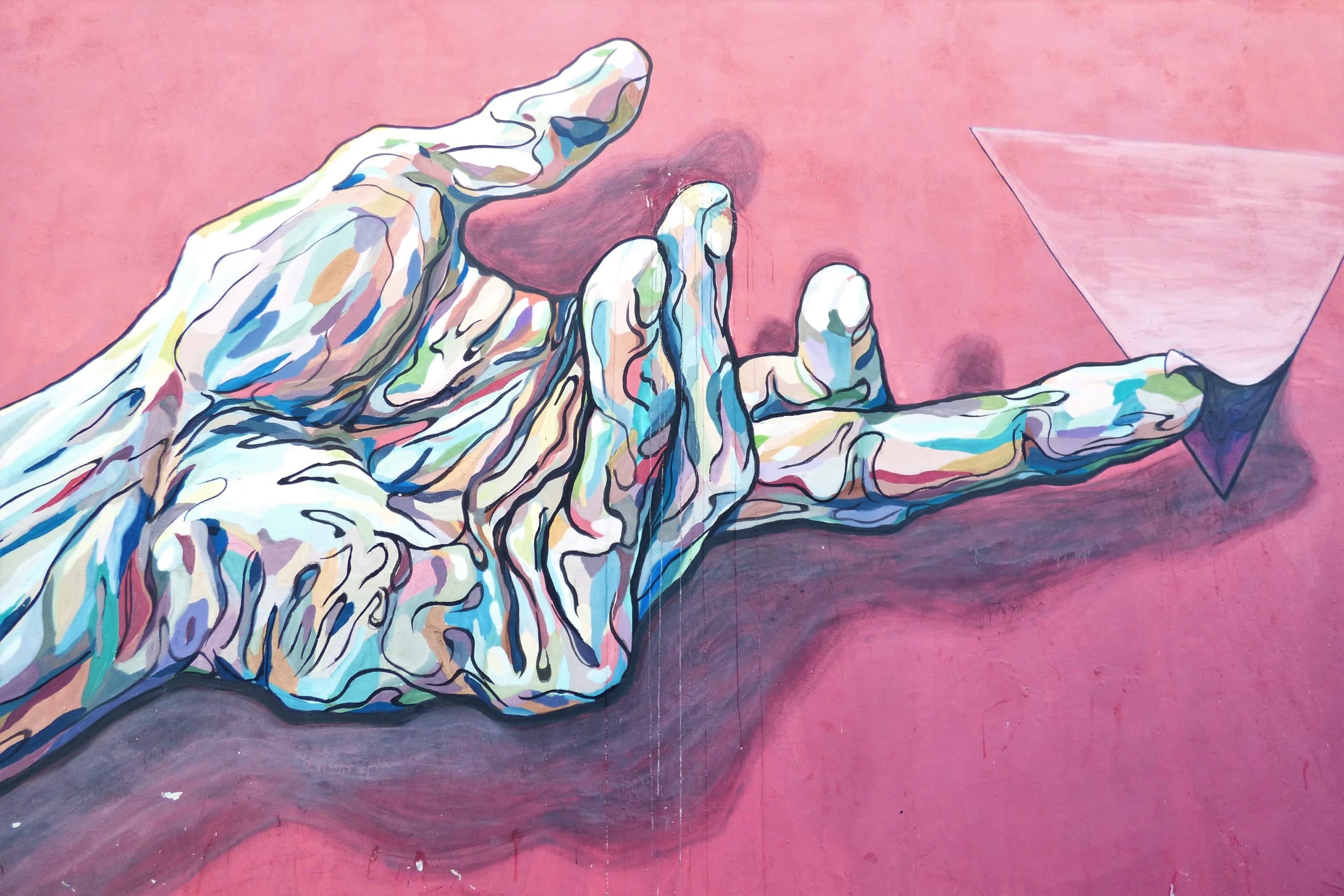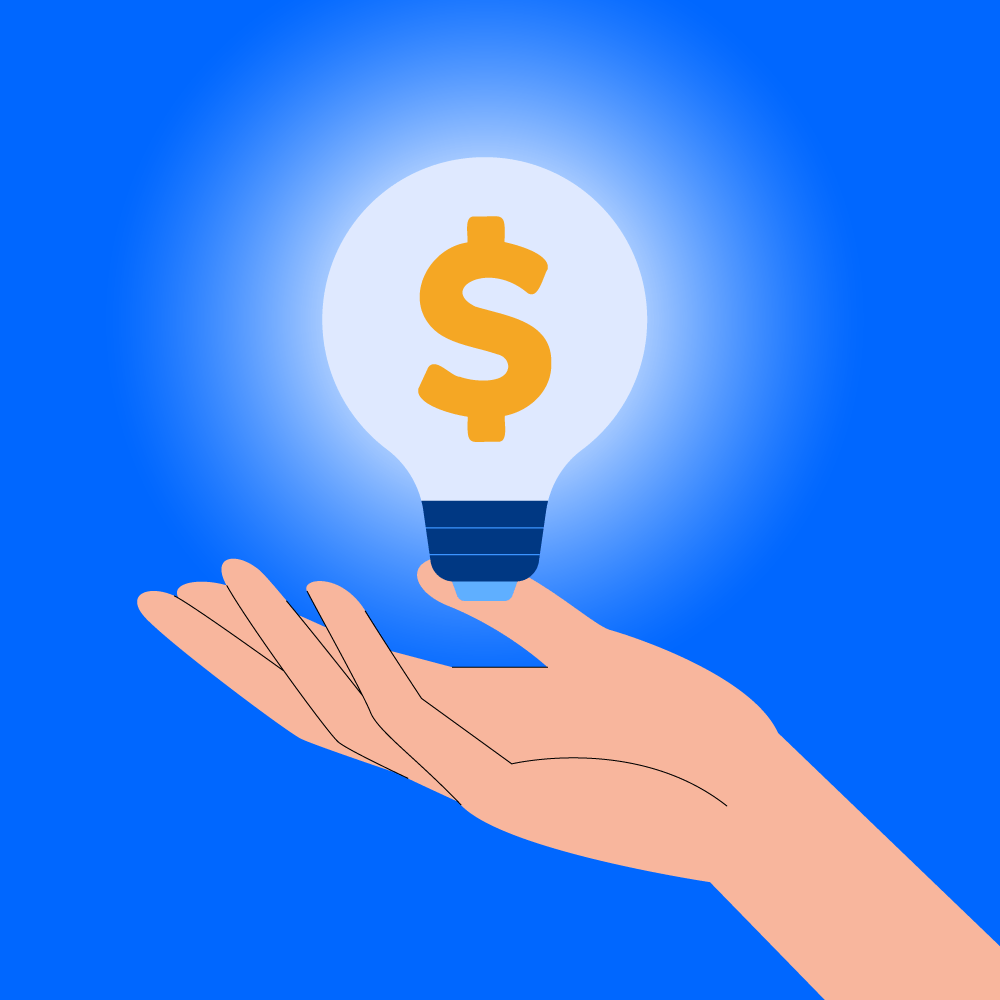Art investment has traditionally been a way to showcase an individual’s wealth and prestige.
In the past, the great art academies turned out nearly every artist capable of selling their work, and those institutions, in turn, governed the display and sale of art. As artists began to realize the monetary potential of selling their work, the first auction house (The Stockholm Auction House) opened in 1674. Sotheby’s made its introduction to the auction and art world in 1744, followed by Christie’s in 1766.
Upgrade to Crunchbase Pro to find your next investment.
All three auction houses are still operating quite successfully. And while they’re still running essentially the same type of business they did at their inception, the landscape and methods in the art world have undergone drastic changes. In fact, we’re at the dawn of the latest revolution to strike the art world as emerging technologies like blockchain, AI, VR, and AR are coming onto the scene.
As art and technology become more intertwined, it’s important for people to understand how that melding will affect art investment.
Not too surprisingly, art investment will increasingly be driven by the motivation to make money.
For some people, owning art is a way to show they have money, but it’s also a way to make it. Art is viewed as a financial product in many circles—just another investment to capitalize on.
Today, that investment landscape is changing in one very specific way: the number of people who can enter the market is growing.
Accessing markets for art has become easier than ever. Tokenization and fractional ownership give an individual the opportunity to buy affordable shares in works of art, rather than the previous all-or-nothing approach to purchasing a singular piece.
But finding art, viewing it, and buying it has also become increasingly easier thanks to blockchain-based applications (also known as dapps), online platforms like Artsy or Society Six, and events like the Affordable Art Fair.
Not only do people have increased access to the art itself, but they can also invest in more manageable amounts. That will change the landscape of art investment dramatically. I think it will lead to increased commoditization of art, but it will also create positive growth in the number of people who feel they can get involved—people who may love art but have traditionally been priced out of investing in it.
One thing will stay the same: investors will still continue to be driven by socially-validating investments.
Art is an investment with an enormous social component. Owning a Picasso isn’t just about the monetary value or even the delight you may get from looking at it. It’s also about the social aspects of being the type of person who owns a Picasso.
Supporters of art can often tell when certain works and styles are going to garner attention, whether it’s because of their beauty or the radical nature of their form or creation. The hypothetical Picasso I just mentioned really may not have been worth that much at the moment of its creation—or at least wouldn’t have been recognized as a good investment. Yet that’s clearly not the case decades later.
I imagine some of the digital art being created today will share a similar fate.
There are people out there using new technological mediums that are just as revolutionary as Picasso’s style. Even digital art that seems as strange as a Homer/Pepe hybrid trading card can become quite expensive as tastes change and true digital scarcity becomes a reality.
All of which means forward-thinking art investors will invest in new mediums and technologies in order to get the best returns.
In art, there is no day trading. Unless you have stupendous means, there’s no way to get in today and get out tomorrow.
It’s easy to look back on the past 100 years and pick out revolutionary moments and landmark artists—Basquiat, Warhol, Donald Judd, Dan Christensen. Hindsight makes their rise to prominence seem hard to miss. But it’s much more difficult to know what will be valuable in the future when a revolution is happening in the industry. For that reason, investing in art is a gamble in many ways.
Artists in the past gained fame through pushing boundaries, and you can argue that artists today are doing the same, just with different technology and intent. Will artists like Kevin Abosch, Primavera De Filippi, Jenny Holzer, Judy Chicago, or Marina Abromovic be household names decades from now? It’s hard to say.
What we do know is that it’s already becoming much easier for the average person to invest in artwork that may become more valuable later on thanks to blockchain and tokenization. So for anyone interested in art as an investment, this is certainly the right time to start considering new options and diversifying your portfolio.
Jacqueline O’Neill is the Founder and CEO of the Blockchain Art Collective, an art world ecosystem that provides a holistic art identity by combining the functions of the artist’s signature, a paper or digital Certificate of Authenticity, and a paper or digital catalogue raisonné into a single, secured identity that is financially and referentially accessible to the art world. She is passionate about leveraging art and technology as tools for personal and community empowerment, and as key elements to designing and developing equitable and sustainable urban spaces.






